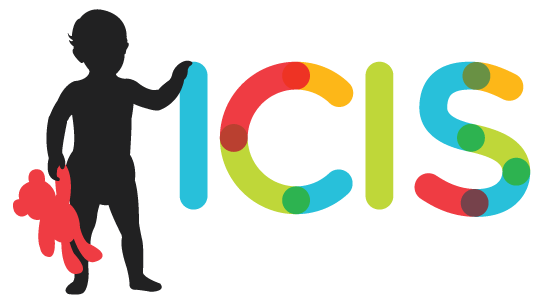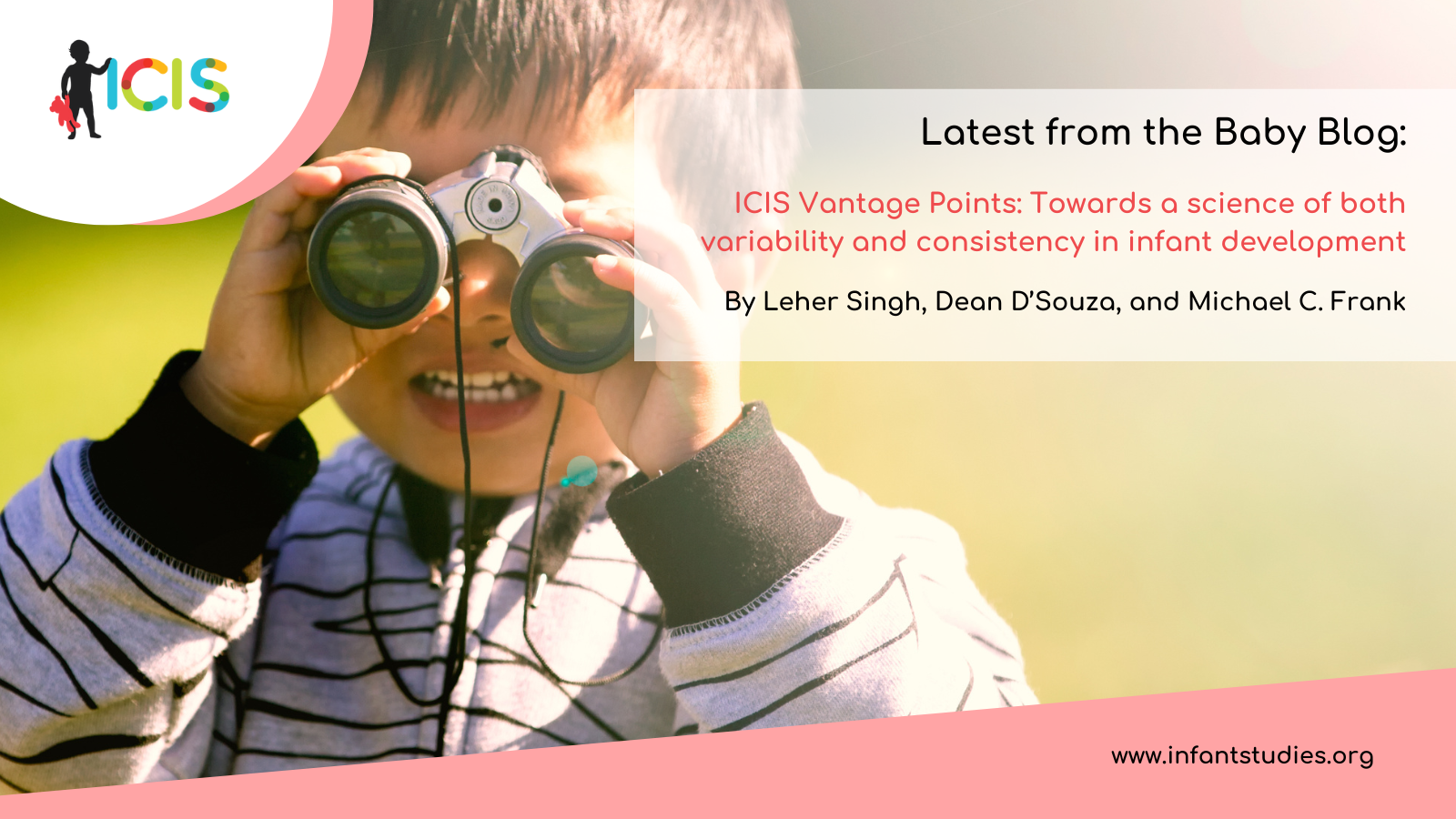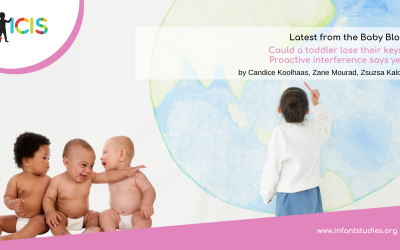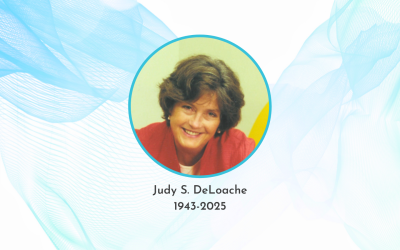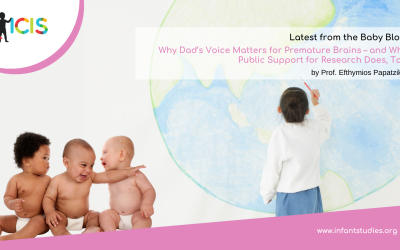by Leher Singh, Dean D’Souza, and Michael C. Frank
Infancy researchers often seek to understand the initial state of the human mind. The goal of this research has traditionally been to identify basic principles of development common to all infants. This viewpoint discards contextual and cultural variability as noise, rather than treating it as a critical focus of inquiry. Yet understanding what infants have in common and how they vary from one another is critical to a valid and representative science. A shared focus on variation and consistency requires us to integrate context, culture, and experience into our accounts of behavior and to situate theories within the bounds of their empirical foundation. In this blog, we offer directions for the field in advancing towards a diverse and representative science.
First, we need to define who we are sampling. Multi-year analyses of infancy publications demonstrated that researchers often do not state race/ethnicity, socioeconomic status, or site of testing (Singh, Cristia et al., 2023; Singh & Rajendra, 2024). In a recent effort to facilitate demographic collection and reporting, under the auspices of ManyBabies Demographics, a diverse group of researchers co-developed a framework for collecting the ‘lowest common denominator’ of demographic information (Singh, Barokova et al., 2024a). Researchers who develop local adaptations from this framework are encouraged to share them (https://osf.io/nqc92/). In addition, members of ManyBabies Demographics recently collaborated on a manuscript outlining guidelines for demographic data provision and evaluation for authors, reviewers, and editors (Singh, Barokova et al., 2024b). We hope that these community tools will increase demographic reporting, improving our ability to measure and synthesize contextual variability.
In addition to broadening our research practices, we could also change them—to deepen our understanding of how psychological phenomena emerge and develop (D’Souza & D’Souza, 2024). The goal of psychology has predominantly been to discover predictable, fixed, stable, enduring, universal entities (e.g., visual attention, object permanence, secure attachment, introversion, theory of mind, self-esteem) and/or universal laws (e.g., increased visual attention to eyes at 6 months [but not at 9 or 12 months] leads to greater social skills at 18 months; Wagner et al., 2013). This search for universals and universal laws implies that universals are isolable entities, rather than processes. For example, researchers assume that they can separate (isolate) visual attention to eyes and social skills from each other, and from their physical and social contexts; and discover universal laws simply by associating universal entities with one another. This common approach in psychology to reduce complex phenomena to basic parts and to the links between parts is called reductionist analysis. The problem with reductionist analysis is that the infant is not a vessel which contains different amounts of things; psychological and behavioural processes are softly assembled moment-by-moment and highly constrained via interactions with various internal and external processes (see D’Souza & D’Souza, 2024, for discussion on studying things vs. processes). Processes are context- and path-dependent (e.g., Thelen, 1992; Thelen & Smith, 1994; Van Geert, 1994).
To better understand how psychological phenomena emerge and develop, we should treat them as processes situated in time and context. Rather than search for universals shared by all, or for universal laws that apply to all individuals across all contexts, we should instead seek to understand dynamic processes and in-situ laws (see D’Souza & D’Souza, 2024, for more in-depth discussion and future directions). That is, we should link individual processes (e.g., a child’s action) to the specific context that gives rise to that process. This context is likely to include everything from past experiences embedded in neural processes to manifold social and physical affordances. It will not be easy. But by taking context and time seriously, we can move beyond reductionism towards a deeper understanding of developmental processes (D’Souza & D’Souza, 2024).
Dynamic, contextual accounts of learning do not remove the possibility of studying developmental consistency. Instead, they refocus the conversation on the balance between variability and consistency. Rather than seeking “true” universals, which, even if they exist, would be challenging to identify (see Piantadosi & Gibson, 2013), we can instead recognize that developmental processes may be modulated by context and culture to different extents. For example, in our work studying children’s early word learning, we find that some processes are highly consistent across cultures and languages, while others are more variable (Frank et al., 2021). In every language we studied, children’s communicative gestures, vocabulary, and grammar are tightly coupled. In contrast, the degree to which children’s vocabulary is biased to nouns rather than verbs appears much more variable across contexts. Placing phenomenon on this kind of continuum – rather than simply labeling them as universal or not – helps reveal the kinds of dynamic processes that might give rise to these data.
Lastly, for a valid and convergent science, we must balance observational models of contextual variability in relation to experimental tests that often seek to discover consistent effects. Our ability to find this balance requires careful reasoning about internal and external validities of methodologies as they apply to the context where they are employed. It also requires careful interpretation of empirical findings in relation to sample characteristics, methods used, and contextual variables. Our hope is that by thinking carefully about developmental context – and documenting and reporting it consistently—we can move towards a literature that values and integrates the study of developmental variability and consistency.
References
D’Souza, H., & D’Souza, D. (2024). Stop trying to carve Nature at its joints! The importance of a process-based developmental science for understanding neurodiversity. In C. Yu & J. J. Lockman (Eds.), Advances in Child Development and Behavior – Volume 66. Elsevier Press. https://doi.org/10.1016/bs.acdb.2024.06.004
Frank, M. C., Braginsky, M., Yurovsky, D., & Marchman, V. A. (2021). Variability and consistency in early language learning: The Wordbank project. The MIT Press. https://doi.org/10.7551/mitpress/11577.001.0001
Piantadosi, S. T., & Gibson, E. (2014). Quantitative standards for absolute linguistic universals. Cognitive Science, 38(4), 736–756. https://doi.org/10.1111/cogs.12088Singh, L., Barokova, M., Bazhydai, M., Baumgartner, H. A., Franchin, L., Kosie, J. E., … Frank, M. C. (2024, May 30). Tools of the Trade: A guide to sociodemographic reporting for researchers, reviewers, and editors. https://doi.org/10.31234/osf.io/cz3bv
Singh, L., Barokova, M. D., Baumgartner, H. A., Lopera-Perez, D. C., Omane, P. O., Sheskin, M., Yuen, F. L., Wu, Y., Alcock, K. J., Altmann, E. C., Bazhydai, M., Carstensen, A., Chan, K. C. J., Chuan-Peng, H., Dal Ben, R., Franchin, L., Kosie, J. E., Lew-Williams, C., Okocha, A., . . . Frank, M. C. (2024). A unified approach to demographic data collection for research with young children across diverse cultures. Developmental Psychology, 60(2), 211–227. https://doi.org/10.1037/dev0001623
Singh, L., Cristia, A., Karasik, L. B., Rajendra, S. J., & Oakes, L. M. (2023). Diversity and representation in infant research: Barriers and bridges toward a globalized science of infant development. Infancy, 28(4), 708–737. https://doi.org/10.1111/infa.12545
Singh, L., & Rajendra, S. J. (2024). Greater attention to socioeconomic status in developmental research can improve the external validity, generalizability, and replicability of developmental science. Developmental Science, e13521. Advance online publication. https://doi.org/10.1111/desc.13521
Thelen, E. (1992). Development as a dynamic system. Current Directions in Psychological Science, 1(6), 189–193.
Thelen, E., & Smith, L. B. (1994). A dynamic systems approach to the development of perception and action. Cambridge, MA: MIT Press.
Van Geert, P. (1994). Dynamic systems of development: Change between complexity and chaos. Harvester Wheatsheaf.Wagner, J. B., Luyster, R. J., Yim, J. Y., Tager-Flusberg, H., & Nelson, C. A. (2013). The role of early visual attention in social development. International Journal of Behavioral Development, 37(2), 118-124. https://doi.or
About the Author

Leher Singh
National University of Singapore
Leher Singh is on the faculty of the Department of Psychology at the National University of Singapore. She also serves as the Program Director for Developmental Science and the Acting Senior Advisor at the Directorate for STEM Education at the National Science Foundation. Leher is an Associate Editor at the Journal of Cognition and Development and an Associate Editor for Diversity, Equity, and Inclusion at Developmental Science. She has co-edited three Special Issues on diversification in developmental psychology. Leher is an incoming ICIS board member.

Dean D’Souza
Cardiff University
Dean D’Souza is a UKRI Future Leaders Fellow and Senior Lecturer (Associate Professor) at Cardiff University. He leads the ELAN (Early Learning and Neurodevelopment) lab, which investigates infant adaptations to internal variation (e.g., genetics) and external variation (e.g., exposure to different language environments). The aim of his fellowship is to adopt a process-centred ecological and interactionist approach to understanding infant adaptations to diverse environments; specifically, by measuring the complexity of each infant’s environment and combining it with naturalistic and multilevel experimental time-series data and computational modelling.

Michael C. Frank
Stanford University
Michael C. Frank is Benjamin Scott Crocker Professor of Human Biology in the Department of Psychology at Stanford University and Director of the Symbolic Systems Program. He received his PhD from MIT in Brain and Cognitive Sciences in 2010. He studies children’s language learning and development, with a focus on the use of large-scale datasets to understand the variability and consistency of learning across cultures. He is a founder of the ManyBabies Consortium, and has led open-data projects including Wordbank and the ongoing LEVANTE project. He has received awards including the Troland Award from the National Academy of Sciences and the FABBS Early Career Impact award. He served as President of the Cognitive Science Society, has edited for journals including Cognition and Child Development, and is current co-Editor in Chief of the Open Encyclopedia of Cognitive Science.
